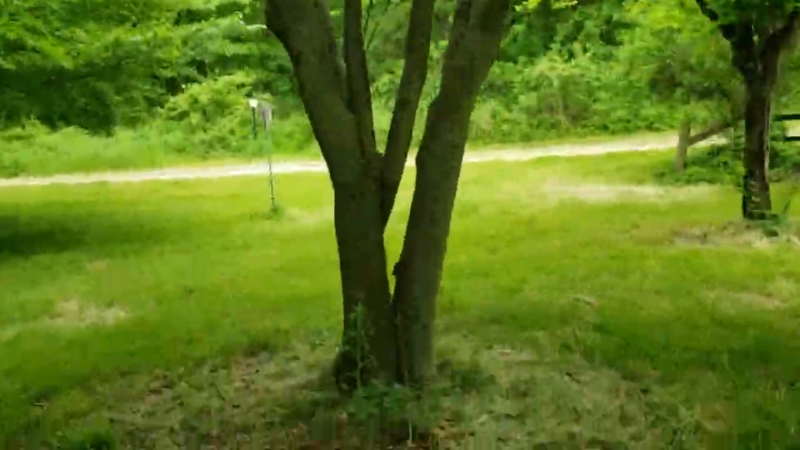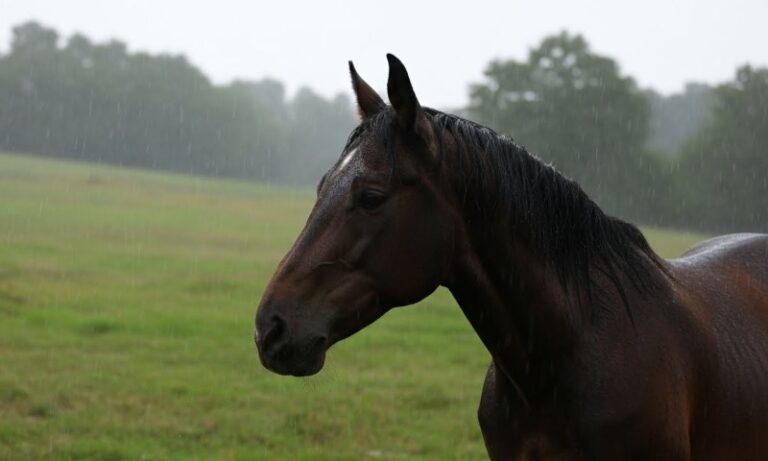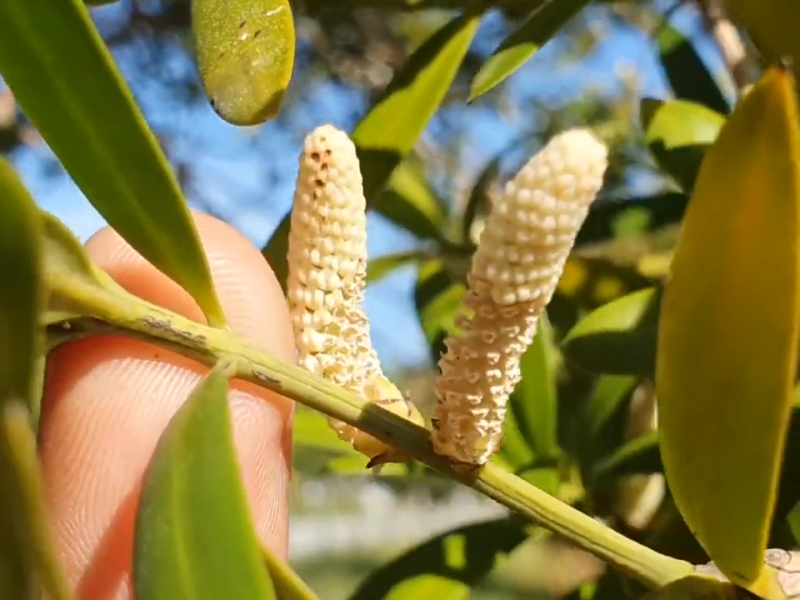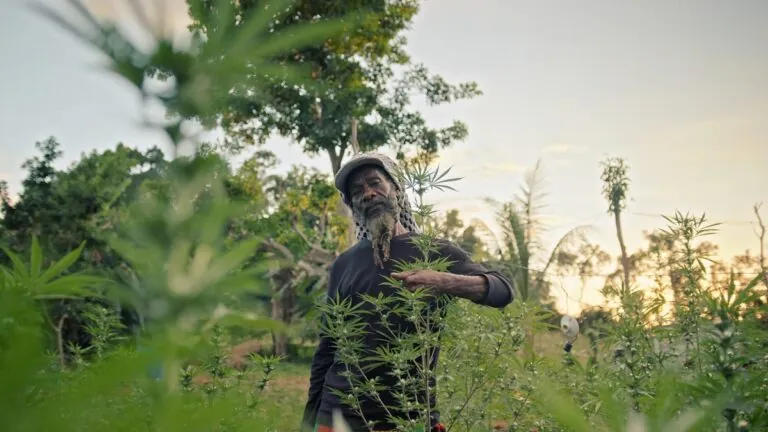Aren’t the yellowwood trees beautiful, with their unique yellow-tinted wood and, in some cases, long-standing cultural significance. But where do you actually find these trees growing naturally?
We’ll cover the basics of where you can spot yellowwoods in the wild, focusing on two main types: the South African and the American yellowwood. Each grows in specific regions, with unique climates and ecosystems.
Let’s go through where they thrive, why they’re important, and some of the challenges they face in the wild.
South African Yellowwood
In South Africa, you’ll find yellowwood trees (especially the Podocarpus latifolius species) in Afromontane forests. These forests are mainly in the mountainous areas along South Africa’s southern and eastern coastlines.[/su_note]
Yellowwoods thrive in cool, moist, and often misty environments, with consistent rainfall and well-drained soil. The main spots where they grow include:
- The Knysna Forest: A large forest along the southern coast known for its biodiversity and old-growth trees.
- Drakensberg Mountains: A mountain range where higher altitudes and cool temperatures suit yellowwoods perfectly.
American Yellowwood
American yellowwoods (Cladrastis kentukea) grow in the southeastern United States, particularly in Kentucky, Tennessee, and parts of the Appalachian Mountains.[/su_note]
They’re not as widespread as the South African yellowwood, and they have more specific soil and climate requirements. American yellowwoods usually grow in:
- Limestone-rich soils: These soils are found in places like the Appalachian and Ozark Mountain areas, giving the trees the minerals they need.
- Protected hillsides and coves: These provide the right amount of moisture and shade, plus some protection from high winds.
Why They’re Important
American yellowwoods help stabilize the soil, especially on slopes, and they’re crucial for local wildlife. Their flowers attract pollinators like bees and butterflies, which helps keep the forest ecosystem healthy.[/su_note]
Due to their limited natural range, conservationists keep a close watch on their habitats and work to protect them from the usual risks of habitat loss and environmental change.
Key Traits of Yellowwoods
These trees are known for their resilience and striking appearance, but they also have a few traits that make them unique:
- Dense, durable wood: This wood is highly prized for its strength and slight yellowish hue, making it ideal for furniture and construction.
- Unique bark textures: South African yellowwoods have dark, scaly bark, while American yellowwoods have smoother, gray bark that flakes attractively as they age.
- Longevity: Both types of yellowwoods live for a long time—often hundreds of years—which contributes to their value in old-growth forests.
However, There Are A Few Issues…
Habitat Loss
The biggest challenge for yellowwoods is habitat loss. Forests are typically cleared for urban development or agriculture, which affects these trees’ natural homes.
In South Africa, for example, coastal cities are expanding, pushing into the natural areas where yellowwoods grow.
Protecting these ancient trees means keeping their habitats intact, which is easier said than done.
Climate Change
This is especially concerning for American yellowwoods, which already have a limited range and are highly sensitive to environmental shifts.
*Effective conservation strategies are needed, but they’ll only work if paired with broader efforts to combat climate change.
Why Protecting Yellowwoods Matters
Cultural and Historical Value
In South Africa, yellowwoods hold significant cultural and historical value. Many communities view them as symbols of strength and endurance.[/su_note]
The trees are also part of South Africa’s history; yellow wood furniture and buildings are still around today as reminders of the past.
By protecting these trees, South Africans are preserving a piece of their cultural heritage.
Environmental Benefits
Yellowwoods are important for the environment, too. They provide food and shelter for various animals and insects and play a role in stabilizing soil on forest slopes. They’re essential for healthy, biodiverse ecosystems, so protecting them helps keep the entire ecosystem balanced.
How to Help Protect These Trees

Support Conservation Groups
Many organizations like SANParks, SANBI, etc. work to protect yellowwood habitats in both South Africa and the U.S.
You can support these groups, whether through donations, volunteering, or just spreading the word. This can make a big difference.
Choose Sustainable Wood Products
If you’re buying wood products, opt for sustainably sourced wood. This way, you can ensure that old-growth trees, like yellowwoods, aren’t being cut down unnecessarily.
Many companies now offer eco-friendly wood products or alternatives that don’t harm natural forests.
Spread Awareness
Simply learning about yellowwoods and sharing what you know with others can help raise awareness. Get involved with local environmental groups, educate friends and family, and advocate for choices that benefit the environment.
The more people know, the more likely they are to support efforts to protect these unique trees.
Wrapping Up
Yellowwood trees are an important part of the natural world, whether they’re towering in South Africa’s Afromontane forests or dotting the hillsides of the Appalachian Mountains. Protecting these trees is about preserving biodiversity, cultural heritage, and environmental stability.










